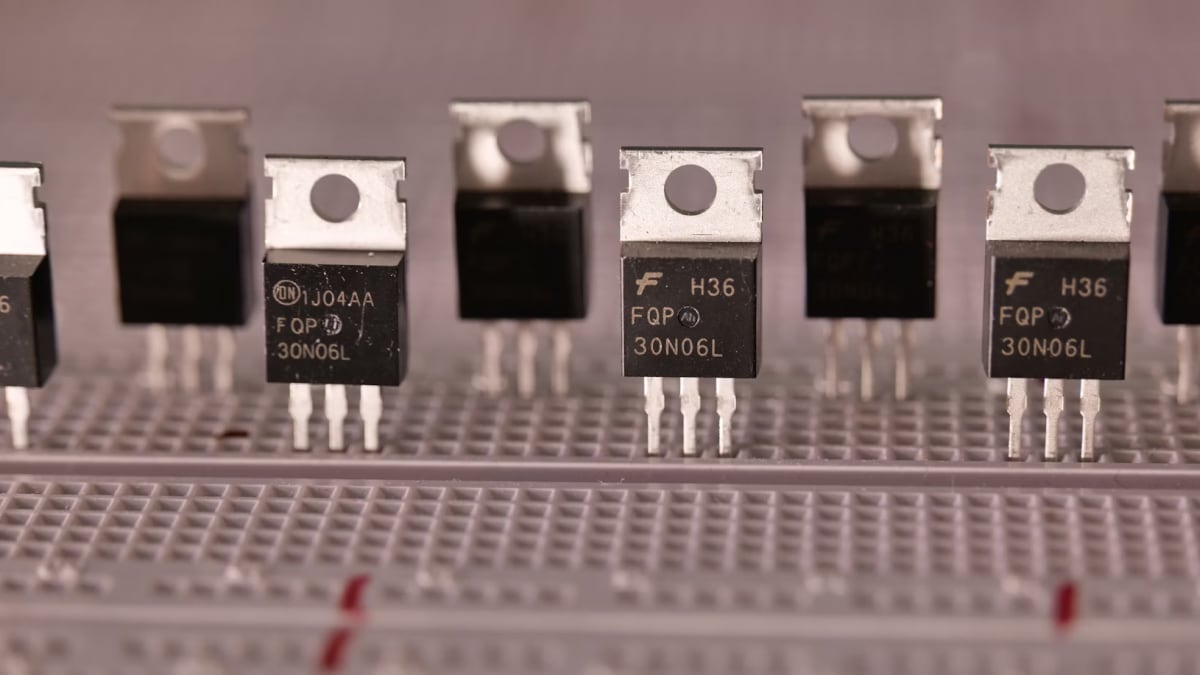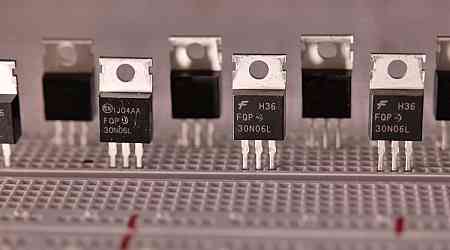A groundbreaking development in electronics has emerged from the S. N. Bose National Centre for Basic Sciences, led by Dr. Atindra Nath Pal and Biswajit Pabi. Their team has created a unique type of transistor that operates using single molecules rather than traditional electrical signals. This advancement, which leverages mechanical forces for control, could significantly impact fields such as quantum information processing, ultra-compact electronics, and advanced sensing technologies.
Mechanically Controllable Break Junction Technique
The researchers utilised a method known as mechanically controllable break junction (MCBJ) to develop this innovative transistor. By employing a piezoelectric stack, they precisely broke a macroscopic metal wire, creating a sub-nanometre gap designed to accommodate a single ferrocene molecule. Ferrocene, consisting of an iron atom encased between two cyclopentadienyl (Cp) rings, exhibits distinct electrical behaviour when subjected to mechanical forces. This technique underscores the potential of mechanical gating to regulate electron flow at the molecular level.
Impact of Molecular Orientation on Device Performance
Dr. Atindra Nath Pal and Biswajit Pabi, alongside their research team, discovered that the transistor's performance is highly sensitive to the orientation of the ferrocene molecules between silver electrodes. The alignment of these molecules can either enhance or reduce the electrical conductivity through the junction. This finding highlights the critical importance of molecular geometry in designing and optimising transistor performance.
Potential for Low-Power Molecular Devices
Additional research involving gold electrodes and ferrocene at room temperature revealed an unexpectedly low resistance of approximately 12.9 kilohm, which is about five times the quantum of resistance. This resistance is significantly lower than the typical resistance of a molecular junction, around 1 megaohm.
This suggests that such devices could be used to create low-power molecular electronics, offering promising prospects for future innovations in low-power technology, quantum information processing, and advanced sensing applications.
































